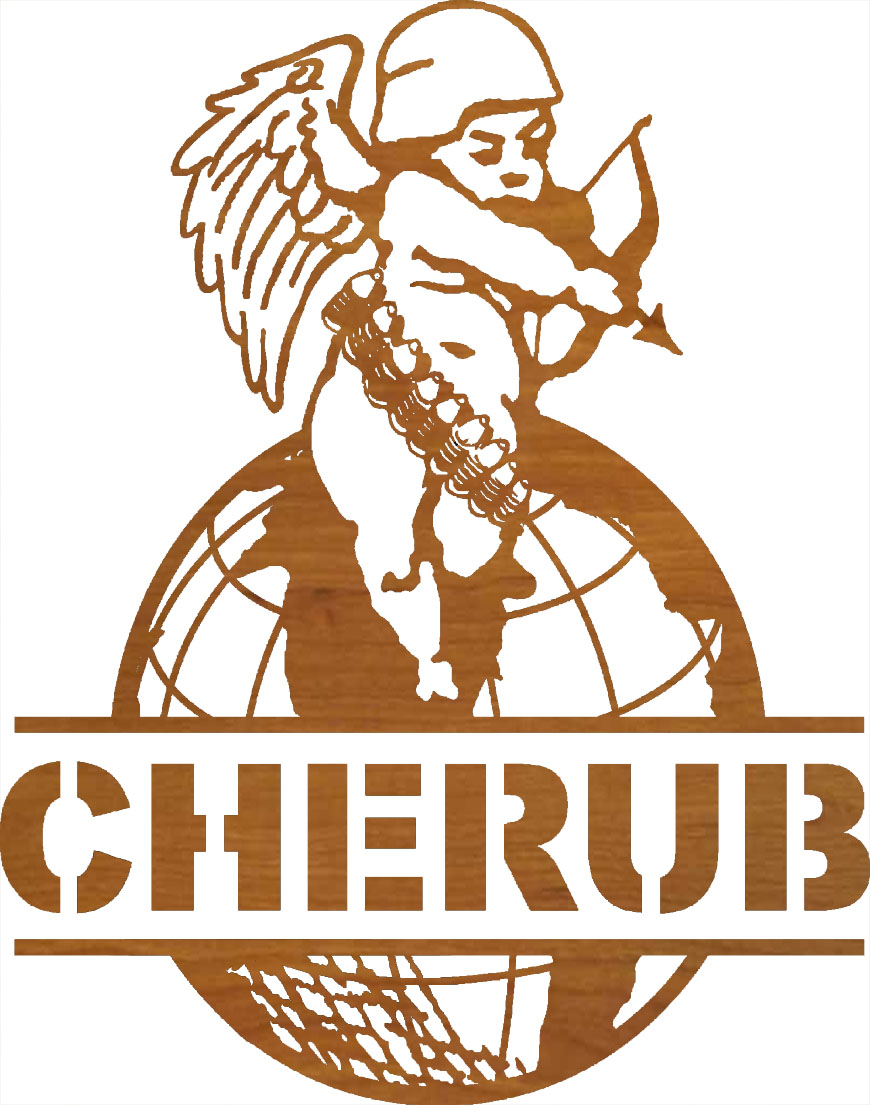Cherubs have long captured the human imagination, symbolizing purity, love, and divine connection. These fascinating creatures, often depicted as small, winged beings resembling children, play a significant role in various religious and artistic traditions. The symbolism of cherubs transcends mere representation; it evokes feelings of hope, protection, and the essence of innocence. Throughout history, cherubs have been used to convey deeper meanings, serving as a bridge between the earthly and the divine.
In the realm of art and literature, cherub symbolism has evolved, reflecting cultural beliefs and values. Originating from ancient civilizations, these celestial beings were often associated with love and guidance, acting as messengers between humans and the divine. As Christianity spread, the meaning of cherubs deepened, evolving into symbols of God's love, grace, and the safeguarding of souls. Their portrayal in Renaissance art, with their cherubic faces and playful demeanor, further solidified their association with innocence and purity.
Understanding cherub symbolism requires a closer examination of their roles in different contexts. From religious texts to modern interpretations, cherubs serve as powerful reminders of the love and protection that surrounds us. In contemporary culture, they often appear in various forms, from tattoos to home decor, infusing a sense of warmth and comfort. This article will explore the rich tapestry of cherub symbolism, delving into its origins, interpretations, and the emotions it evokes in our lives.
What Are Cherubs and Their Origin?
The term "cherub" is derived from the Hebrew word "kerub," which refers to a celestial being. In ancient Mesopotamian cultures, cherubs were depicted as guardian figures, often portrayed with human faces and animal bodies. This imagery was adopted and transformed by the Israelites, who integrated cherubs into their religious beliefs as protectors of the divine presence.
How Do Cherubs Appear in Religious Texts?
Cherubs are frequently mentioned in sacred texts, particularly in the Bible. They are depicted as guardians of the Garden of Eden, ensuring that no one enters after the fall of man. In the Book of Exodus, cherubs are described as part of the Ark of the Covenant, symbolizing God's presence among His people. Their presence in religious art is meant to evoke awe and reverence, reminding the faithful of the divine's protective nature.
What Is the Artistic Representation of Cherubs?
The artistic representation of cherubs has evolved significantly over the centuries. During the Renaissance, artists like Raphael and Michelangelo immortalized cherubs in their works, portraying them as chubby, playful children. These depictions emphasized their innocence and purity, reinforcing their role as symbols of divine love. In modern art, cherubs continue to be celebrated, appearing in various forms, from classical paintings to contemporary designs.
What Emotions Do Cherub Symbols Evoke?
Cherub symbolism evokes a multitude of emotions, primarily love, protection, and innocence. Their angelic features and childlike forms remind us of the purity of love and the importance of nurturing our inner child. Cherubs are often seen as protectors, serving to comfort those who seek solace in times of trouble. Their presence can instill a sense of peace and reassurance, reminding us that we are never alone.
How Are Cherubs Perceived in Different Cultures?
The perception of cherubs varies across cultures and religions. In Christianity, they are viewed as divine messengers, while in other belief systems, they may represent different ideals. For example, in some interpretations of Hinduism, similar beings symbolize the connection between the earthly realm and the divine. Understanding these cultural nuances enriches our appreciation of cherub symbolism and its universal appeal.
What Is the Role of Cherubs in Modern Culture?
In modern culture, cherubs have found new life in various forms. They are often featured in popular media, fashion, and home decor. Cherubic imagery is frequently used in tattoos, representing love and protection, while their likenesses adorn items such as greeting cards and children's toys. This enduring appeal speaks to the timeless nature of cherub symbolism and its ability to resonate with people across generations.
Can Cherubs Serve as Personal Symbols?
Many individuals adopt cherubs as personal symbols, often associating them with specific meanings or experiences in their lives. Whether as a reminder of lost loved ones or as a symbol of love and protection, cherubs can hold profound significance. Incorporating cherub symbolism into personal spaces can provide comfort and inspiration, serving as a constant reminder of the virtues they embody.
In conclusion, cherub symbolism transcends age and culture, representing love, innocence, and divine connection. Their rich history and varied representations in art and literature continue to inspire and evoke a sense of wonder. By embracing cherub symbolism, we can foster a deeper understanding of the emotions and connections that bind us all.
Exploring Colin O'Donoghue's Journey Through Film And TV Shows
Celebrating The Stars: BBMAs Winners 2023
Will Kate Wedding Date: The Anticipated Celebration Of Love

/1510s-1514-cherubs-from----940251332-5b061176eb97de0037e951cf.jpg)
